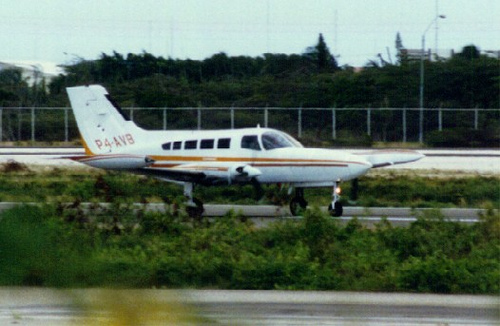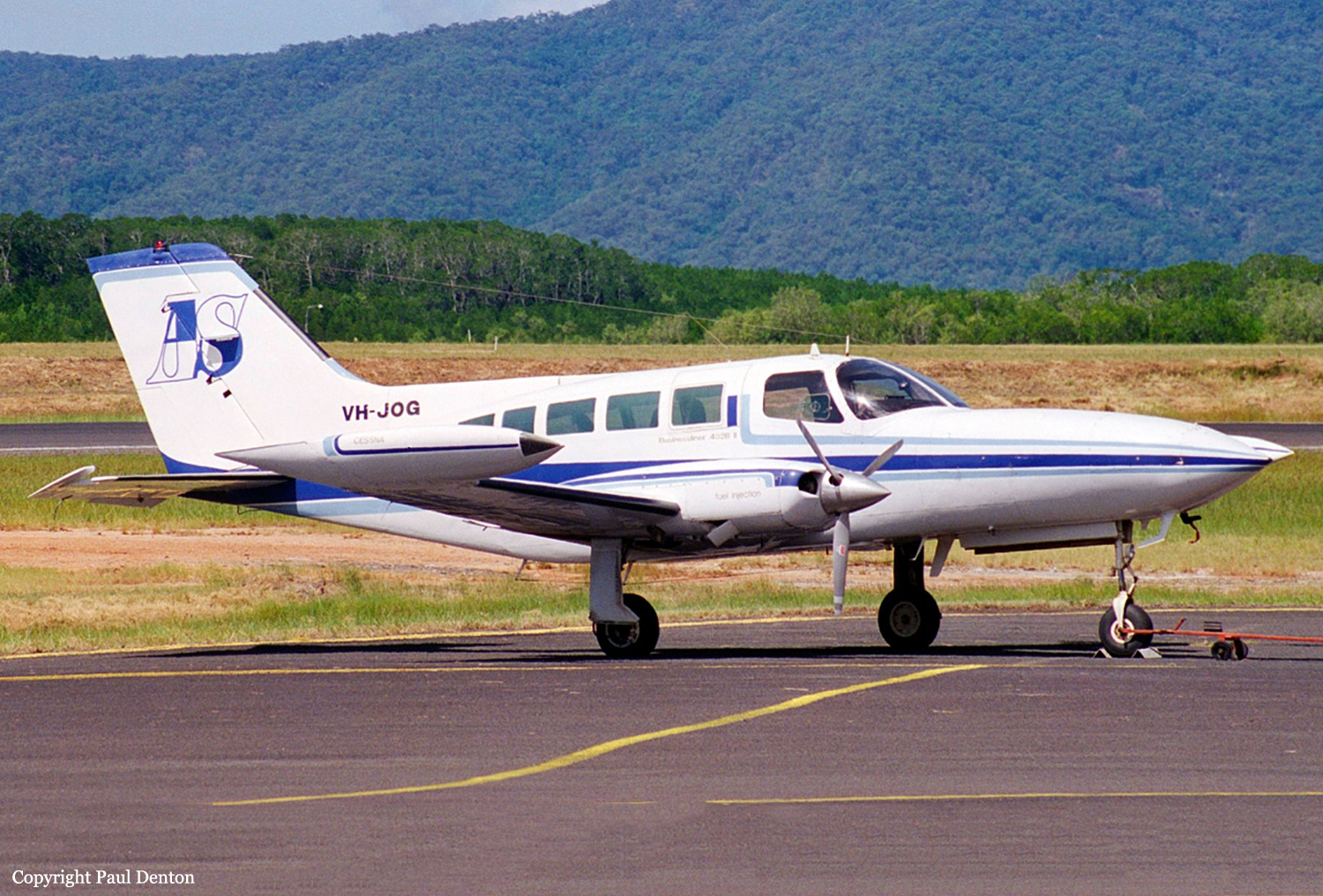Crash of a Cessna 402C in Great Harbour Cay
Date & Time:
Jul 10, 1997 at 1700 LT
Registration:
N2717Y
Survivors:
Yes
Schedule:
Nassau - Great Harbour Cay
MSN:
402C-0226
YOM:
1979
Crew on board:
1
Crew fatalities:
Pax on board:
8
Pax fatalities:
Other fatalities:
Total fatalities:
0
Circumstances:
The aircraft ran off the runway and collided with a ditch at Great Harbour Airport, Great Harbour Cay, Bahamas, while on a foreign air taxi flight. Visual meteorological conditions prevailed at the time and no flight plan was filed. The aircraft was destroyed. The commercial-rated pilot and seven passengers received minor injuries. One passenger received serious injuries. The flight originated from Nassau, Bahamas, the same day, about 1630. The pilot reported the brakes failed during the landing roll. While approaching the end of the runway he elected to steer the aircraft off the left side of the runway to avoid a steep drop off at the end of the runway. The aircraft collided with a ditch and a post crash fire erupted and destroyed the aircraft.






